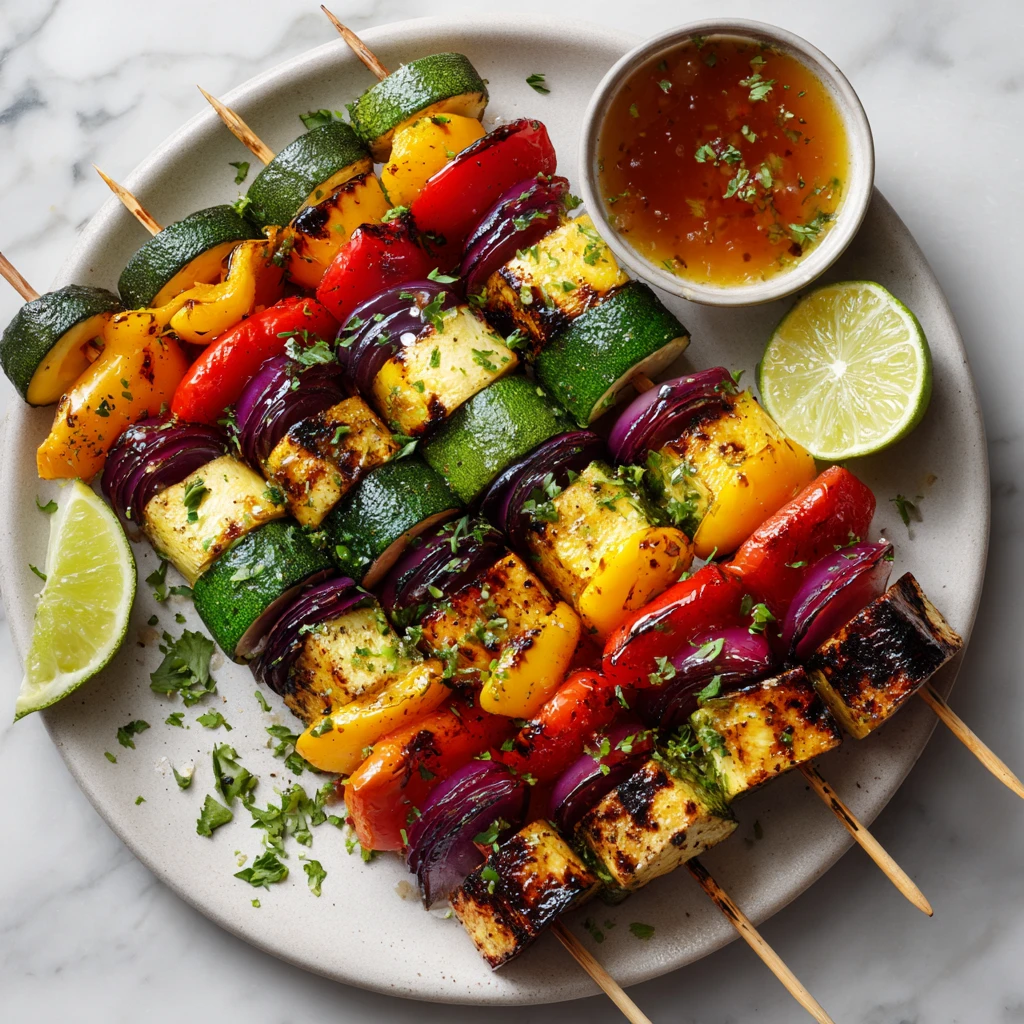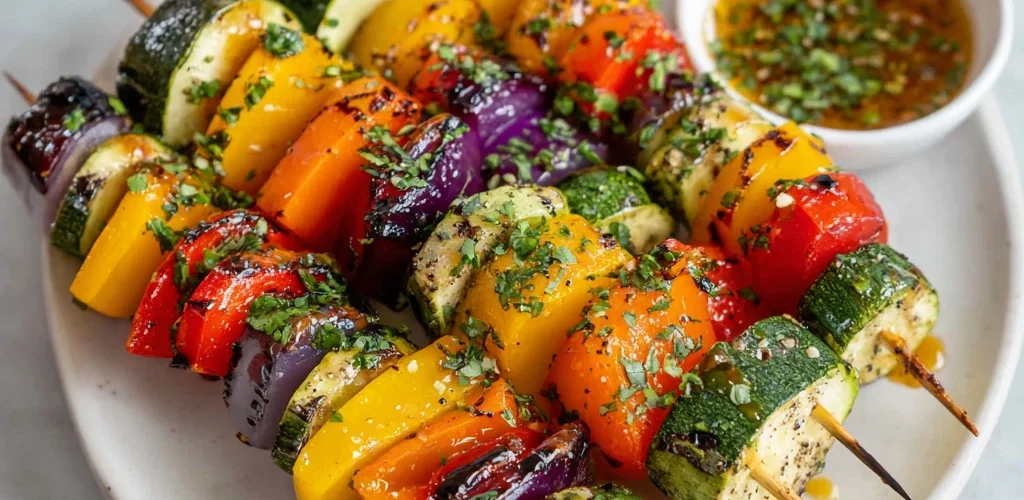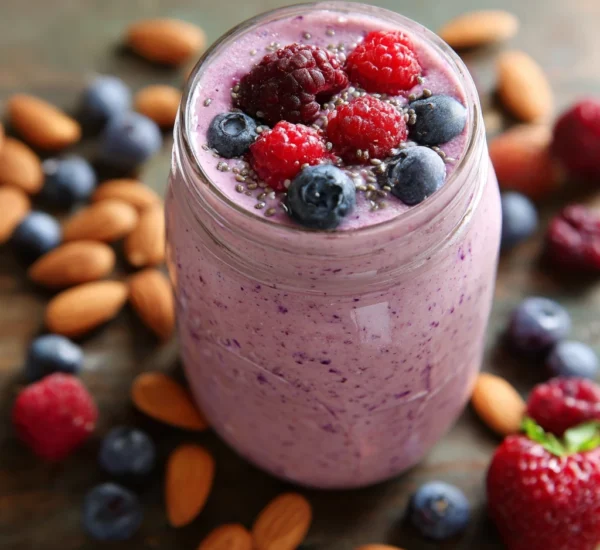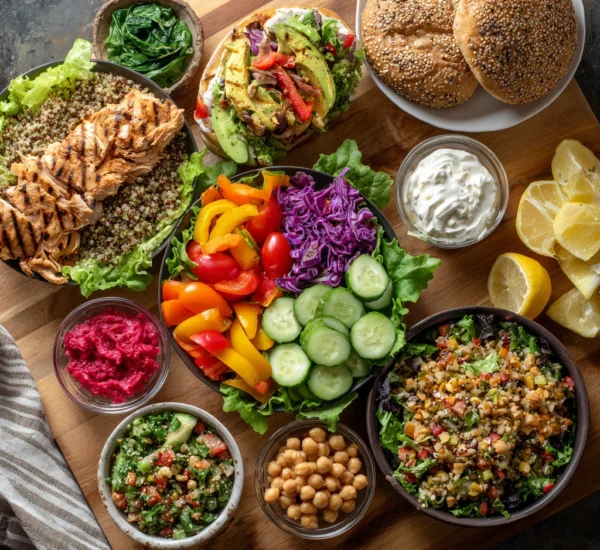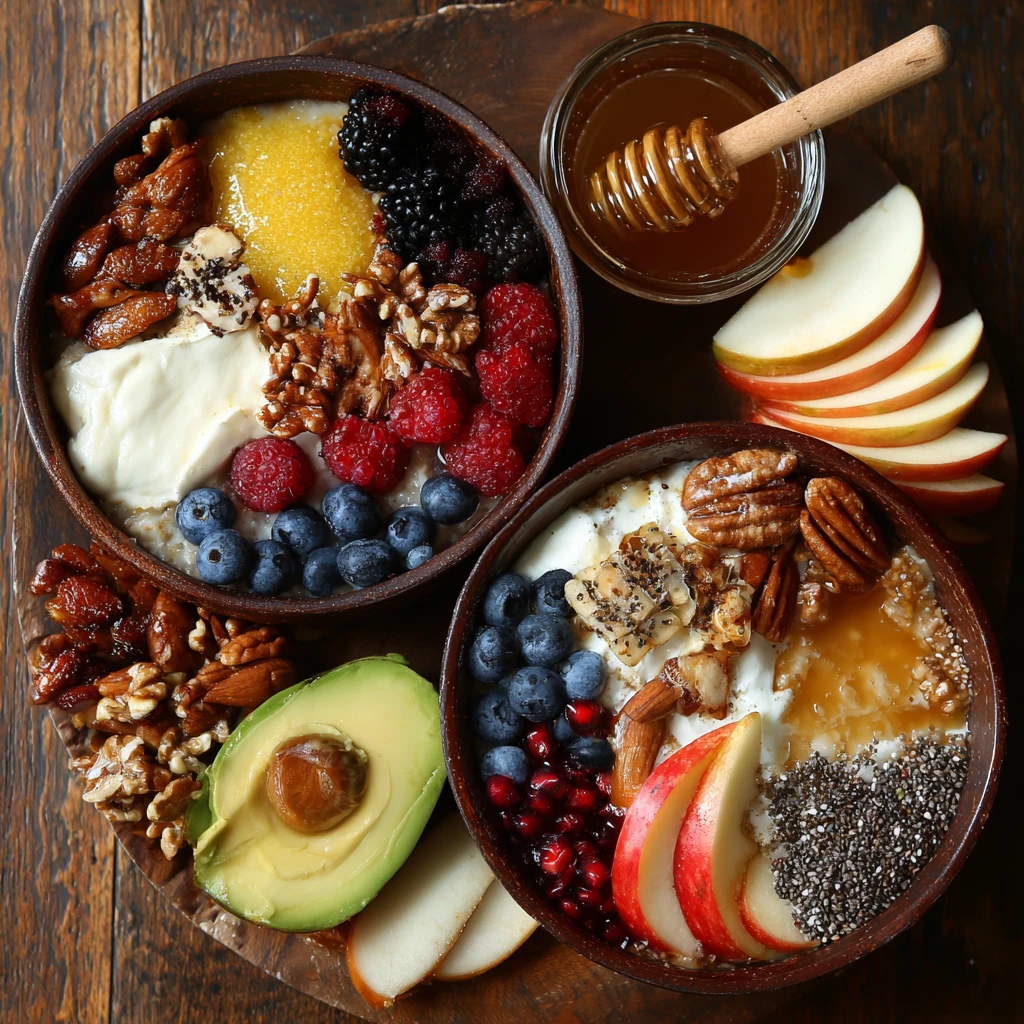How to Add More Color to Your Plate: A Vibrant Guide to Healthier Eating
Adding color to your plate isn’t just about aesthetics; it’s a powerful way to boost your nutrient intake and improve your overall health. Vibrant fruits and vegetables are packed with vitamins, minerals, antioxidants, and fiber, all essential for a balanced and thriving body. This guide will provide practical tips and insights on how to easily and deliciously incorporate more colorful foods into your daily meals.
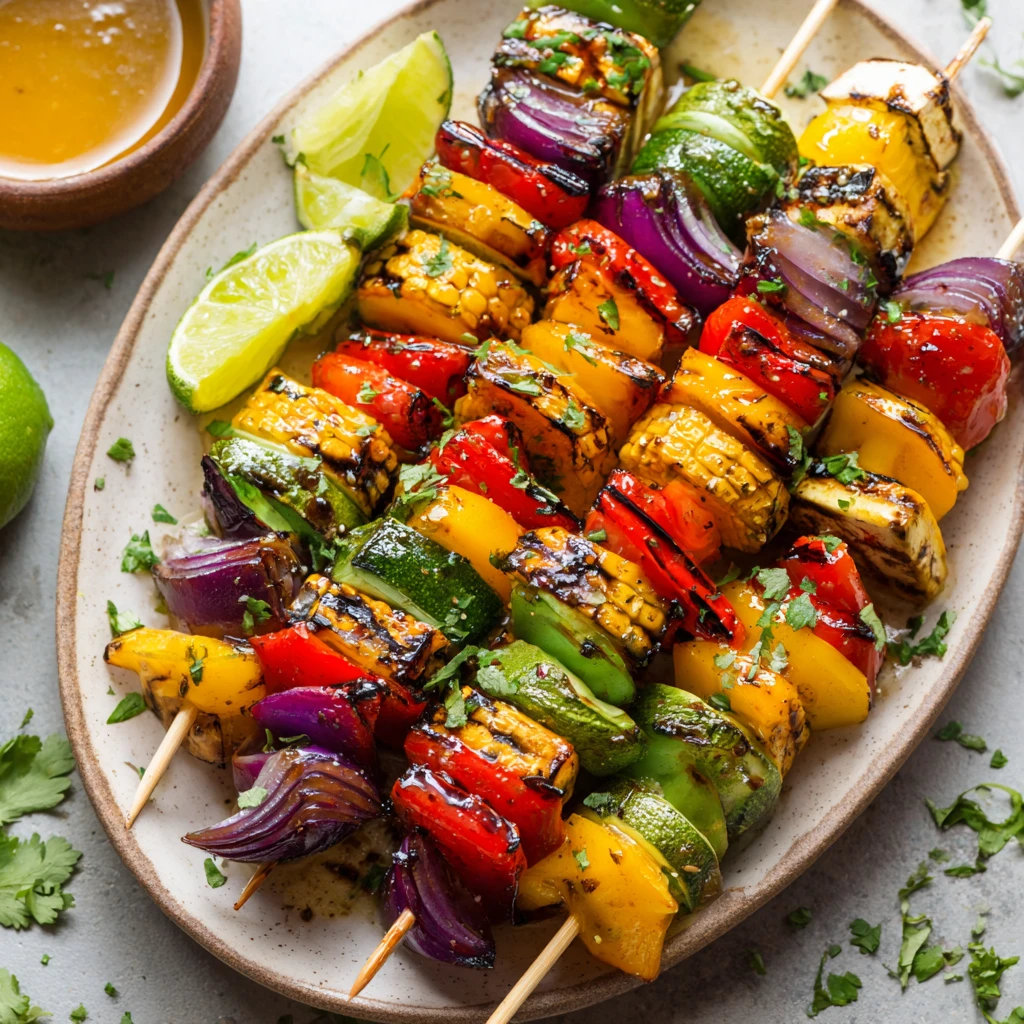
Understanding the Power of Colorful Foods
Each color in fruits and vegetables represents different beneficial compounds. By eating a rainbow of colors, you ensure you’re getting a wide range of nutrients.
The Rainbow Code: What Colors Signify
- Red: Red fruits and vegetables, like tomatoes, strawberries, and red peppers, are rich in lycopene and anthocyanins, known for their antioxidant properties and potential to reduce the risk of heart disease and certain cancers. Lycopene is particularly potent when cooked, making tomatoes a superstar.
- Orange and Yellow: Carrots, sweet potatoes, oranges, and pineapples are loaded with beta-carotene, which the body converts to vitamin A, essential for vision, immune function, and cell growth. They also contain vitamin C and other antioxidants that protect against cellular damage.
- Green: Leafy greens like spinach and kale, along with broccoli, Brussels sprouts, and green beans, are excellent sources of vitamins K, A, and C, as well as folate and fiber. They support bone health, vision, and digestion. Chlorophyll, the pigment that makes them green, has antioxidant properties as well.
- Blue and Purple: Blueberries, blackberries, eggplant, and purple cabbage contain anthocyanins, powerful antioxidants that can improve brain function, reduce inflammation, and protect against chronic diseases. These colors are often associated with longevity and cognitive health.
- White and Brown: While technically not as vibrant as the other colors, white and brown fruits and vegetables like onions, garlic, cauliflower, and mushrooms offer unique health benefits. They contain compounds like allicin (in garlic) and sulforaphane (in cauliflower), which have anti-inflammatory and anti-cancer properties. Mushrooms provide essential minerals and B vitamins.
Benefits of a Colorful Diet
Beyond individual nutrients, a colorful diet offers a synergistic effect. The combined action of different vitamins, minerals, and antioxidants enhances their individual benefits, leading to:
- Improved Immune Function: A wide range of vitamins and minerals supports a strong immune system, helping you fight off infections and illnesses.
- Reduced Risk of Chronic Diseases: Antioxidants combat free radicals, reducing the risk of heart disease, cancer, and other chronic conditions.
- Enhanced Energy Levels: Nutrient-dense foods provide sustained energy throughout the day, improving overall vitality.
- Better Digestion: Fiber-rich fruits and vegetables promote healthy digestion and prevent constipation.
- Healthy Weight Management: Colorful foods are often low in calories and high in fiber, which can help you feel full and satisfied, aiding in weight management.
Simple Strategies to Add Color to Your Meals
Making your plate more colorful doesn’t require drastic changes. Small, incremental steps can make a big difference.
Breakfast Boosts
Start your day with a vibrant boost:
- Smoothies: Blend berries, spinach, and a banana for a quick and nutrient-packed breakfast. Add a scoop of protein powder for extra satiety.
- Oatmeal Toppings: Sprinkle berries, sliced peaches, or chopped apples on your oatmeal for added flavor and nutrients.
- Colorful Eggs: Add chopped bell peppers, spinach, or tomatoes to your omelet or scrambled eggs.
- Avocado Toast: Top whole-wheat toast with mashed avocado and a sprinkle of red pepper flakes for a healthy and colorful start.
Lunchtime Vibrancy
Lunch is a great opportunity to incorporate more colorful vegetables:
- Salads: Build a vibrant salad with mixed greens, bell peppers, carrots, cucumbers, and cherry tomatoes. Add a protein source like grilled chicken or chickpeas.
- Wraps: Fill whole-wheat tortillas with hummus, spinach, roasted vegetables, and a sprinkle of feta cheese.
- Soups: Add colorful vegetables like carrots, zucchini, and bell peppers to your favorite soups.
- Leftovers Remix: Transform dinner leftovers into a colorful lunch by adding fresh greens and a vibrant dressing.
Dinner Delights
Dinner is the perfect time to showcase a rainbow of colors:
- Roasted Vegetables: Roast a medley of vegetables like broccoli, carrots, bell peppers, and sweet potatoes for a simple and flavorful side dish. Roasting brings out the natural sweetness of the vegetables.
- Stir-Fries: Stir-fries are a quick and easy way to incorporate a variety of colorful vegetables. Add broccoli, carrots, bell peppers, and snap peas to your favorite stir-fry sauce.
- Grilled Vegetables: Grill vegetables like zucchini, eggplant, and bell peppers for a smoky and delicious side dish.
- Colorful Pasta Dishes: Add spinach, tomatoes, and roasted vegetables to your pasta dishes for added flavor and nutrients.
Snack Smart with Color
Don’t forget to incorporate colorful snacks throughout the day:
- Fruits: Apples, bananas, oranges, and berries are all great options for a quick and healthy snack.
- Vegetables: Carrot sticks, celery sticks, and bell pepper strips with hummus or guacamole are a nutritious and satisfying snack.
- Trail Mix: Create a colorful trail mix with nuts, seeds, dried fruits, and dark chocolate chips.
- Yogurt Parfaits: Layer yogurt with berries and granola for a delicious and visually appealing snack.
Maximizing Nutrient Absorption
While eating colorful foods is important, maximizing nutrient absorption is crucial to reaping their full benefits.
Cooking Methods Matter
The way you prepare your fruits and vegetables can impact their nutrient content:
- Steaming: Steaming vegetables preserves more nutrients than boiling.
- Roasting: Roasting brings out the natural sweetness of vegetables while retaining many of their nutrients.
- Sautéing: Sautéing vegetables in a healthy oil like olive oil can help increase the absorption of fat-soluble vitamins.
- Raw: Eating some fruits and vegetables raw can provide the most nutrients, as cooking can sometimes degrade certain vitamins.
Pairings for Enhanced Absorption
Certain food pairings can enhance nutrient absorption:
- Vitamin C with Iron: Consuming vitamin C-rich foods like citrus fruits with iron-rich foods like spinach can improve iron absorption.
- Healthy Fats with Fat-Soluble Vitamins: Eating healthy fats like avocado or olive oil with foods rich in fat-soluble vitamins A, D, E, and K can enhance their absorption.
- Black Pepper with Turmeric: Black pepper contains piperine, which enhances the absorption of curcumin, the active compound in turmeric.
Consider Organic Options
While not always necessary, choosing organic fruits and vegetables when possible can reduce your exposure to pesticides. Prioritize organic options for fruits and vegetables on the Environmental Working Group’s “Dirty Dozen” list, which includes produce with the highest pesticide residues.
Overcoming Challenges and Staying Consistent
Incorporating more color into your diet may present some challenges, but with planning and persistence, you can create sustainable habits.
Addressing Picky Eaters
If you or your family members are picky eaters, start small:
- Introduce new vegetables gradually: Offer small portions of new vegetables alongside familiar favorites.
- Get creative with preparation: Try different cooking methods and seasonings to find ways to make vegetables more appealing.
- Involve picky eaters in the cooking process: Allowing children to help prepare meals can make them more likely to try new foods.
- Lead by example: Children are more likely to try new foods if they see their parents eating them.
Time Constraints and Budget Considerations
Time constraints and budget limitations can make it challenging to eat a colorful diet, but there are ways to overcome these obstacles:
- Plan your meals: Planning your meals ahead of time can help you make healthier choices and avoid impulse purchases.
- Buy seasonal produce: Seasonal fruits and vegetables are typically more affordable and flavorful.
- Frozen fruits and vegetables: Frozen fruits and vegetables are a convenient and cost-effective way to incorporate more color into your diet. They are often frozen at their peak ripeness, preserving their nutrients.
- Grow your own: If you have space, consider growing your own herbs and vegetables. Even a small container garden can provide fresh and flavorful ingredients.
Maintaining Motivation
Staying motivated is key to long-term success:
- Set realistic goals: Start with small, achievable goals and gradually increase your intake of colorful foods.
- Track your progress: Keep a food journal or use a mobile app to track your progress and identify areas for improvement.
- Find healthy recipes: Explore new and exciting recipes that showcase colorful fruits and vegetables.
- Reward yourself: Celebrate your successes with non-food rewards, such as a new cookbook or a relaxing activity.
Frequently Asked Questions
Here are some frequently asked questions about adding more color to your plate:
What are the benefits of eating a rainbow of fruits and vegetables?
Eating a rainbow of fruits and vegetables ensures you’re getting a wide range of vitamins, minerals, antioxidants, and fiber, which can improve immune function, reduce the risk of chronic diseases, enhance energy levels, and promote healthy digestion.
How can I add more color to my breakfast?
Add berries, sliced peaches, or chopped apples to your oatmeal; blend berries, spinach, and a banana into a smoothie; or add chopped bell peppers, spinach, or tomatoes to your omelet or scrambled eggs.
What are some colorful snack options?
Apples, bananas, oranges, berries, carrot sticks, celery sticks, and bell pepper strips with hummus or guacamole are all great options for colorful snacks.
Is it better to eat fruits and vegetables raw or cooked?
The best approach is a combination. Some nutrients are better absorbed when cooked, while others are best consumed raw. For example, lycopene in tomatoes is more bioavailable when cooked, while some vitamins in leafy greens can be lost during cooking.
How can I make colorful eating affordable?
Buy seasonal produce, opt for frozen fruits and vegetables, and consider growing your own herbs and vegetables to make colorful eating more affordable.
